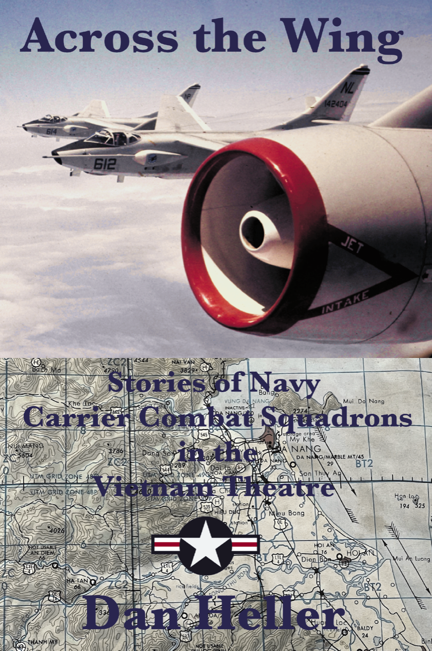“Long live CAS and manned aviation” was Bear’s bottom line in Ripple Salvo #81… Steve responds with a comprehensive and cogent alternative view…
The A-36 was a rather unimpressive dive bomber, despite providing the “bones” for what became the dominant USAAF fighter in the ETO and arguably in the PTO as well. The P-47 was superior as a CAS platform IN ITS ERA because it was far more rugged, could carry more payload, and had better dive performance [which could have easily been further optimized with dive brakes]. BTW, the P-51 replaced the P-47 primarily because the “Jug” was far less maneuverable and a bit slower. It was roughly comparable in range to the P-51.
North American was fully engaged building P-40s [their license production is what led to the original XP-51] and then P-51s. Early in the war, the US could have provided either SBD Dauntless or the Bell P-39 as a dive bomber for the USAAC, except that there weren’t enough pilots for them anyway. USAAC’s problems in Operation Torch and the subsequent North Africa campaign were largely due to poor doctrine/organization [tying most of the airpower to tactical ground force commanders to use in lieu of artillery], inadequately realistic training/lack of combat experience, and unproven tactics. By the time THESE major issues were overcome, if there were really a need for dive bombers in land warfare, they would have been made available. Note that the Luftwaffe didn’t keep the Stuka in production, and that the Luftwaffe and the German aircraft designers wanted to get out of the dive bomber business because once the Luftwaffe was facing prepared, determined, and capable adversaries, the dive bomber was a sitting duck that achieved little at much cost. Even the USN, which had better success with dive bombers than the land forces, moved away from them towards torpedo bombers [which, once the torpedoes were perfected, had a far better probability of hit and were far more lethal against most classes of ship, not to mention the torpedo bombers had somewhat better survival rates than the dive bombers].
I knew Chuck Myers years ago, and he and I argued this point at great length. Technology HAS marched on, and the mid-20th century approach to “ground support aviation” is no longer affordable or viable. We should never send manned aircraft to do what either artillery shells or stand-off weapons can do. Aircraft and aircrews are too costly to expend at the rate necessary to use them in the “pilot-eyeball-on-target” mode in the face of modern 4th generation fighter-interceptors backed up by advanced 3rd generation IADS. We only manage to get away with this today because we haven’t faced a first rate enemy with state-of-the-art air defenses since early 1945. The loss rates that were affordable necessities in 1942-44 would be neither affordable nor necessary today if, God forbid, we wind up in a “conventional” war with Moscow and/or Beijing. Even against second tier states like Iran, Pakistan, or N. Korea, now increasingly armed with modern SAM/AAA systems and associated sensors, we would risk heavy losses that would take years to replace in order to gain modest [rather than decisive] results.
I understand that the Army and Marines are still largely living in the past and expect USAF and USN to provide them air dominance even though neither Service has been funded, equipped, or staffed to do so in the 21st century. If they insist upon “needing” traditional Cold War-style CAS, they should either provide it with their own air components, or should have their scout/attack helicopter and VSTOL jet aviation funds & billets transferred to USAF and USN [and fenced for CAS]. If Apaches, light scout helos, Cobras, and F-35Bs are the “right answer” for CAS, then USAF and USN shouldn’t be forced to perform those functions with their modest and increasingly obsolescent resources that are needed for deep recon/strike, BAI, offensive counter air, and homeland air defense/air sovereignty enforcement.
SteveD
Like this:
Like Loading...



Be the first to comment